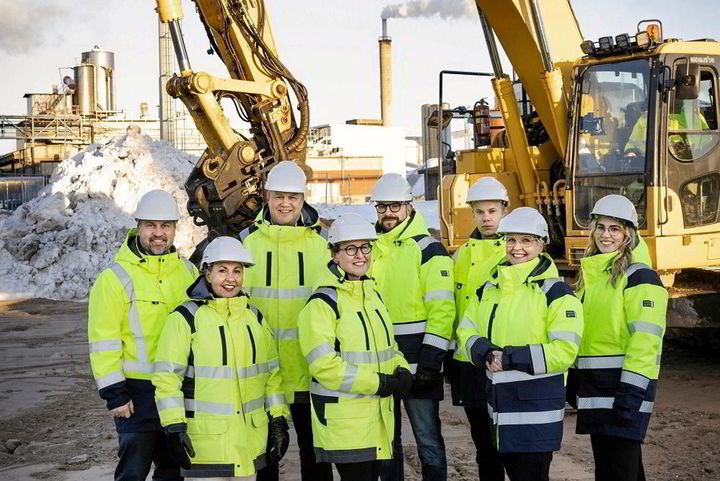Construction begins at Europe’s largest turquoise hydrogen facility

Finnish developer Hycamite has this week started construction of a demonstration facility that will produce 2,000 tonnes a year of “turquoise” hydrogen made from methane pyrolysis.
This process heats natural gas in the absence of air, inside a pyrolysis oven, which results in the formation of hydrogen and solid carbon, rather than CO2. The resulting powder form of solid carbon, known as carbon black, is a key ingredient in many products, including tyres and dark plastics, and can be sold as another revenue stream, although prices in Europe currently sit below $2/kg.
Hycamite expects to produce 6,000 tonnes of solid carbon a year from its turquoise hydrogen plant, although it has not disclosed whether it has customers for either product.
The demonstration facility — the biggest turquoise hydrogen project in Europe — is sited in the coastal town of Kokkola, central Finland, at an industrial park that claims to be the largest inorganic chemicals cluster in northern Europe.
Hycamite calculates that if using Norwegian liquefied natural gas (LNG) shipped to Kokkola’s gas terminal, the project would reduce emissions compared to grey hydrogen production by up to 18,000 tonnes of CO2 a year, with potential for carbon removals if biogas is used instead.
The developer also argues that its methane pyrolysis technology uses only 13% of the energy requirements of an electrolyser.
The Kokkola project is estimated to have cost €28m ($30m). Finland’s state-owned Climate Fund contributed a €10m capital loan for the facility in February 2023, as well as investing in Hycamite’s €25m fundraise in July last year, while government agency Business Finland has awarded €2.4m for R&D and pilot support.
The Climate Fund’s capital loan also included a sustainability-linked incentive, which would reward Hycamite for “achieving emissions reductions above the anticipated baseline” of around 200,000 tonnes of CO2 over ten years.



